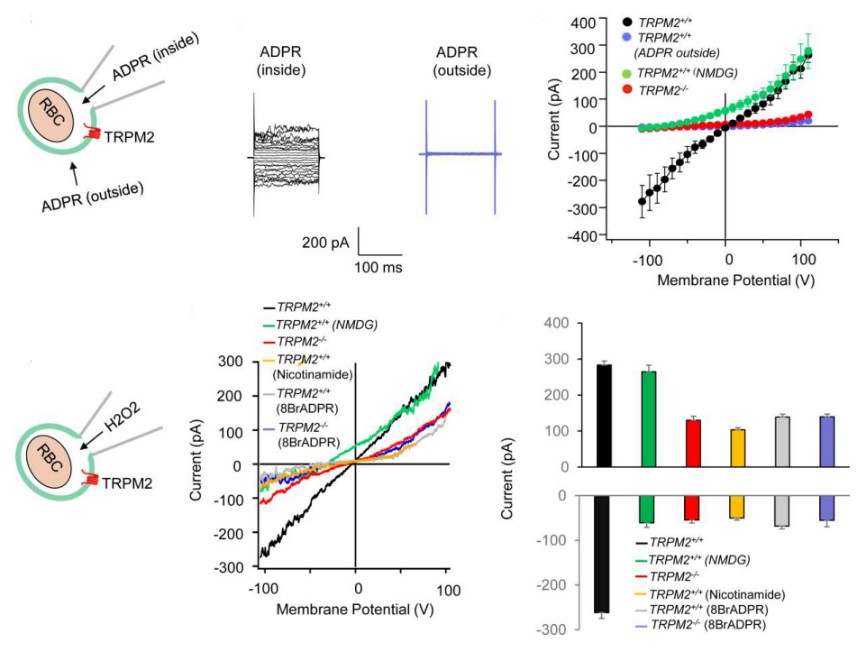- Home
-
Screening
- Ionic Screening Service
-
Ionic Screening Panel
- Ligand Gated Ion Channels
- Glycine Receptors
- 5-HT Receptors3
- Nicotinic Acetylcholine Receptors
- Ionotropic Glutamate-gated Receptors
- GABAa Receptors
- Cystic Fibrosis Transmembrane Conductance Regulators (CFTR)
- ATP gated P2X Channels
- Voltage-Gated Ion Channels
- Calcium Channels
- Chloride Channels
- Potassium Channels
- Sodium Channels
- ASICs
- TRP Channels
- Other Ion Channels
- Stable Cell Lines
- Cardiology
- Neurology
- Ophthalmology
-
Platform
-
Experiment Systems
- Xenopus Oocyte Screening Model
- Acute Isolated Cardiomyocytes
- Acute Dissociated Neurons
- Primary Cultured Neurons
- Cultured Neuronal Cell Lines
- iPSC-derived Cardiomyocytes/Neurons
- Acute/Cultured Organotypic Brain Slices
- Oxygen Glucose Deprivation Model
- 3D Cell Culture
- iPSC-derived Neurons
- Isolation and culture of neural stem/progenitor cells
- Animal Models
- Techinques
- Resource
- Equipment
-
Experiment Systems
- Order
- Careers
TRP Channels
Transient receptor potential channels (TRP) are non-selective calcium permeant cation channel located mostly on the plasma membrane of numerous animal cell types. They are involved in osmotic sensitivity and mechano-sensitivity. The exposure to hypotonicity within the physiological range induces some TRP channels activation exhibiting an outward rectification. TRP channels can also be activated by heat, low pH, citrate and phorbol esters. The increase of intracellular Ca2+ potentiates TRP channel currents. TRP Channels play an obligatory role as a molecular component in the nonselective cation channel activation induced by 4-alpha-phorbol 12,13-didecanoate and hypotonic stimulation in synoviocytes and also regulates production of IL-8.
Here at Creative Bioarray, we performed drug target screening analysis using novel fluorescent dyes, such as fluo-4 AM dye, we have completed implementation of high throughput screening for several TRP channels, including TRPC and TRPV channels. Other TRP channels target screening can also be obtained in Creative Bioarray.

Fig. 1 Electrophysiological recording of TRPM2 activation in isolated phagosomes
There are about 28 TRP channels sharing some structural similarity to each other. TRPs mediate a variety of sensations including pain, extreme temperatures, taste and vision and are activated by a broad range of molecules including allicin, capsaicin and menthol. In the body, some TRP channels are thought to behave like microscopic thermometers and used in animals to sense hot or cold. Some TRP channels are activated by molecules found in spices like garlic (allicin), chilli pepper (capsaicin), wasabi (allyl isothiocyanate); others are activated by menthol, camphor, peppermint, and cooling agents; yet others are activated by molecules found in cannabis (i.e., THC, CBD and CBN) or stevia. Some act as sensors of osmotic pressure, volume, stretch, and vibration.
TRP channels can be sub-divided into 6 families:
TRPC (canonical)
TRPA (ankyrin)
TRPV (vanilloid)
TRPM (melastatin)
TRPP (polycystic)
TRPML (mucolipin)
Reference
- Di A, et al. Role of the phagosomal redox-sensitive TRP channel TRPM2 in regulating bactericidal activity of macrophages. J Cell Sci. 2017; 130: 735–744.
Related Products
- Overexpression Cell Line
| Catalog | Product Name | Gene Name | Species | Morphology | Price |
|---|---|---|---|---|---|
| ACC-RI0056 | Human TRPA1 Stable Cell Line-HEK293 | TRPA1 | Human | Epithelial | INQUIRY |
| ACC-RI0057 | Human TRPV1 Stable Cell Line-HEK293 | TRPV1 | Human | Epithelial | INQUIRY |
| ACC-RI0058 | Human TRPV3 Stable Cell Line-HEK293 | TRPV3 | Human | Epithelial | INQUIRY |
| ACC-RI0191 | Human TRPA1 Stable Cell Line-CHO | TRPA1 | Human | Epithelial-like | INQUIRY |
| ACC-RI0193 | Human TRPC1 Stable Cell Line-HEK293 | TRPC1 | Human | Epithelial | INQUIRY |
| ACC-RI0194 | Human TRPC6 Stable Cell Line-HEK293 | TRPC6 | Human | Epithelial | INQUIRY |
| ACC-RI0196 | Human TRPM4 Stable Cell Line-CHO | TRPM4 | Human | Epithelial-like | INQUIRY |
| ACC-RI0198 | Human TRPM4 Stable Cell Line-HEK293 | TRPM4 | Human | Epithelial | INQUIRY |
| ACC-RI0199 | Human TRPM8 Stable Cell Line-CHO | TRPM8 | Human | Epithelial-like | INQUIRY |
| ACC-RI0203 | Human TRPV4 Stable Cell Line-CHO | TRPV4 | Human | Epithelial-like | INQUIRY |
Related Section
- Glycine Receptors
- 5-HT Receptors3
- Cystic Fibrosis Transmembrane Conductance Regulators (CFTR)
- Other Ion Channels
- Chloride Channels
- Calcium Channels
- ATP gated P2X Channels
- ASICs
- Nicotinic Acetylcholine Receptors
- Ionotropic Glutamate-gated Receptors
- GABAa Receptors
- Sodium Channels
- Potassium Channels
Inquiry

